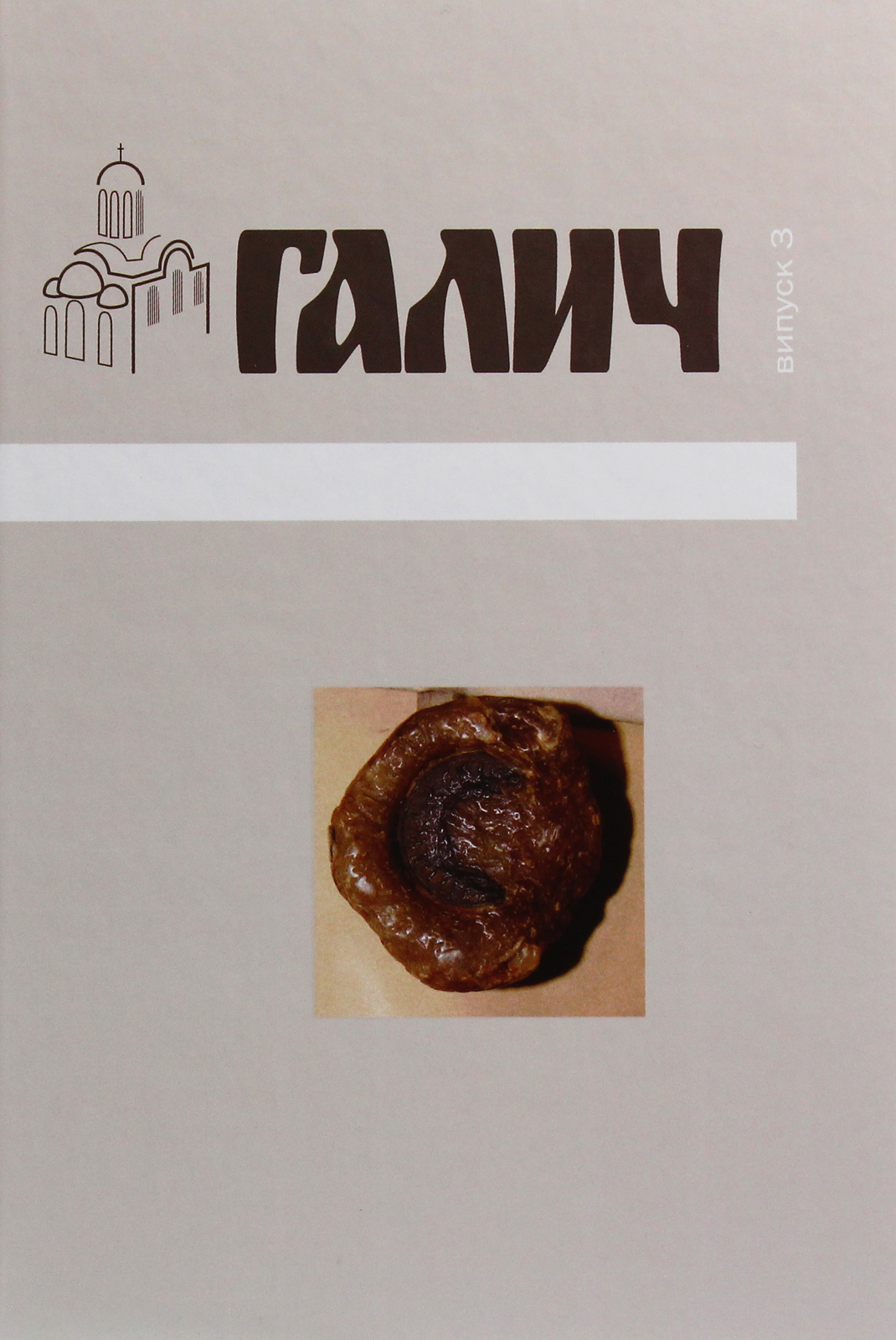PECULIARITIES OF STONE BUILDING TECHNIQUES AND ARCHITECTURAL FORMS OF THE GALICIAN,VOLHYNIAN ARCHITECTURE (10th–14th CENTURIES)
Keywords:
Halych, Galicia, Volhynia, masonry technique, brick, Caucasian influences.Abstract
The paper has traced the evolution of stone and brick building in Galician-Volhynian Rus’ in the 10th–14st centuries. In the PreCarpathian area stone was used as building material beginning from the 8th century (defensive works of Croats). First worship buildings of the 10th–11st centuries were of centric composition which considerably contributed to further development of the Galicia and then Ukrainian folk monumental architecture. An independent school of brick building which has some common features with Kyiv architecture of that time is traced in the Transcarpathian buildings of the 10th–11th centuries. Peculiarities of the Old Rus’ white-stone techniques are revealed, for they greatly differ from those used on building of the Romanic Europe. On the basis of similarity of the white(stone technique and the so-called Caucasian technique a conclusion is made on its borrowing from the Transcaucasus. Problems for the use of paving stone in Old Rus’ building are discussed. In this connection dating of the Volhynia centic churches was precised, and these churches are related to the building activities of Prince Roman Mstislavovich at the end of the 12th century. Peculiarities of the Volhynia (so-called Vendinian) and Galician (cross) systems of brickwork bond are revealed to trace on this basis the participation of masters of the mentioned regions in the construction of some brick buildings of the 13th–14st centuries. The analysis of brick manufacturing techniques and sizes permits a conclusion to be made that improvements in techniques and brick size standardization were of narrow-regional character.





